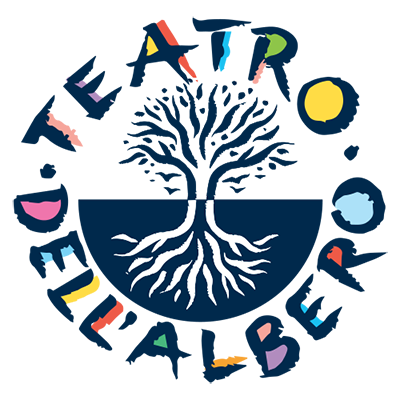This website uses cookies so that we can provide you with the best user experience possible. Cookie information is stored in your browser and performs functions such as recognising you when you return to our website and helping our team to understand which sections of the website you find most interesting and useful.
Homo faber

The Homo Faber, the man artificer, able to create, transform is the creature whose power resides in the hands, in the mind and in the heart. The mastery of know-how is a constant exchange between the acquired technical skills and the freedom to experiment, it is a continuous research that starting from the certainty of the already known, continues through unknown paths and unexplored lands.
The mastery of know-how translates, at the same time, into a gesture of generosity and availability. The craftsman does not play for saving, he puts all the energies into play, he directs the body, the mind and the heart towards the same goal. Artificer, Artisan, Artist, all have the lowest common denominator: art, whose root etymologically arindica “to go towards”: to act, therefore, following a precise goal, with the right availability of mind to change of course. If Homo Faber can be seen in the different sense of creator, craftsman and artist, the relationship with the word actor is similarly appropriate. Actor is the man of action par excellence, he is the one who acts; it acts first of all on itself.
The actor’s acting first translates into the learning of all those techniques that allow one to refine the use of one’s own instrument: the body-voice and, secondly, in the interpretive freedom that differentiates the actor (the western actor). ) from the dancer, the musician, the mime …, from those who must obey a pre-established code and show their virtuosity. “Homo Faber”, is configured as the place of learning but at the same time as the space in which everyone can lay the foundations for their own personal journey of theatrical research.
The Body Tool
- Plastic, segmentation, dissociation, contrast, isolation
- Static and dynamic balance
- Basic elements of training (structure and assembly)
- Work on rhythm (individual and collective exercises, time / space ratio, counterpoint, steps, sequences)
- Composition
The Voice Tool
- Exercises related to rhythm and voice
- Sequences related to rhythm and voice intertwined in steps and walks.
- Exercises for the harmonics
- Study of a song
- Study of a short memorized text to weave the voice, the rhythm and the textual work
